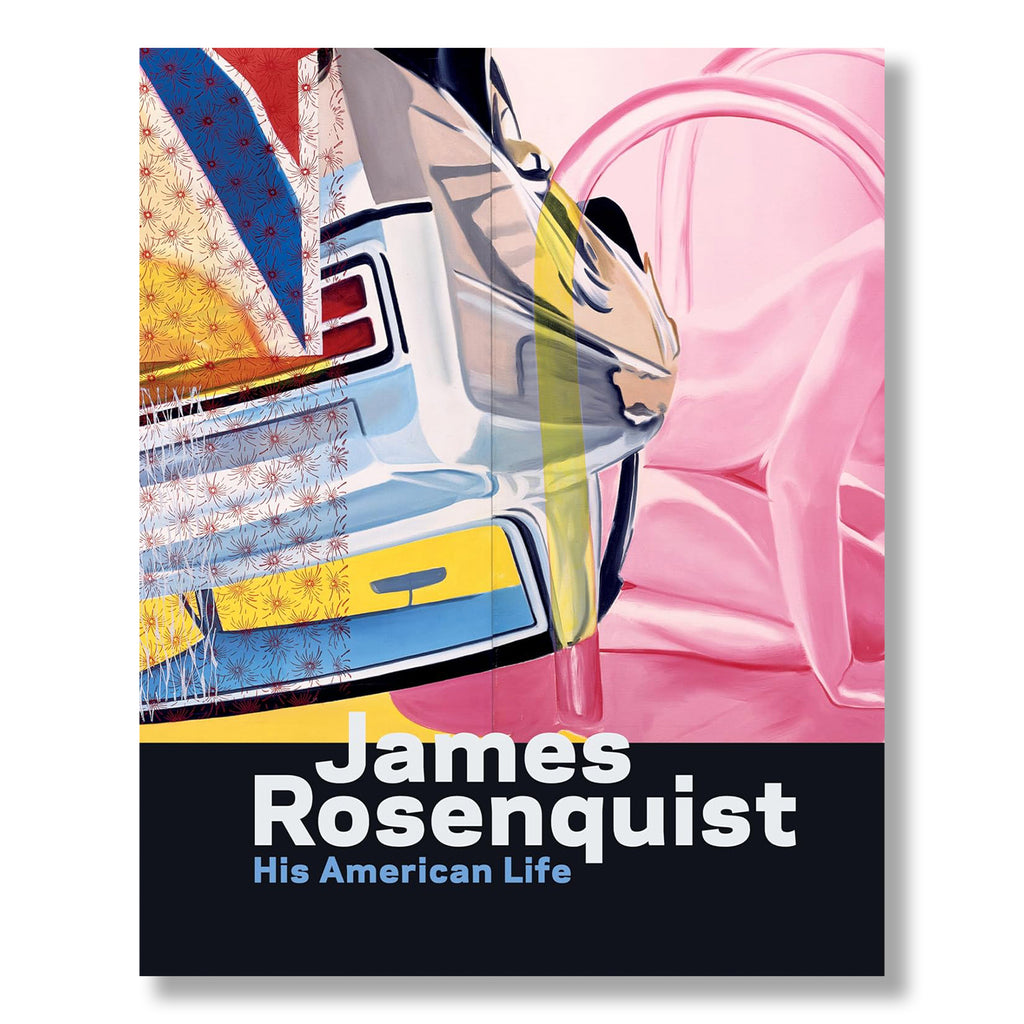James Rosenquist: His American Life
By Charles Baxter and Judith Goldman
A fresh look at this giant of 1960s Pop Art--featuring his billboard-sized images of commercial subjects and combining his eye of an advertising man and the heart of a Pop artist.
Lipsticks, automobiles, dishwashers, men in business suits, spaghetti, rockets, airplanes, hairdryers, ice cream cones and pigtailed girls: James Rosenquist (1933-2017) has always known how to combine these seemingly disparate but always all-American elements into whirlwind, billboard-sized collages. With airbrushed surreal euphoria, he slammed colors, patterns, and objects into one another with the eye of an advertising man and the heart of a Pop artist. This momentous catalog, published to accompany the first in-depth survey of the artist's work of the 1960s through 1980s, will give long-overdue attention to Rosenquist's singular achievement in American art during these three decades.
From 1957 to 1960, Rosenquist earned his living a billboard painter. This was perfect training, as it turned out, for an artist about to explode onto the pop art scene. Like other pop artists, Rosenquist adapted the visual language of advertising and pop culture (often funny, vulgar, and outrageous) to the context of fine art. An informative essay by art historian Judith Goldman examines the influence of Rosenquist's early days as a billboard painter, his early themes and techniques, and his similarities and differences with other pop artists like Warhol and Lichtenstein. The essay focuses on areas that have only been superficially addressed in the literature to date, bringing the level of Rosenquist scholarship up to that of his Pop Art contemporaries.
- Rizzoli, 2018
- Hardcover, 124 pages
- 10 x 12 inches
Related Products






